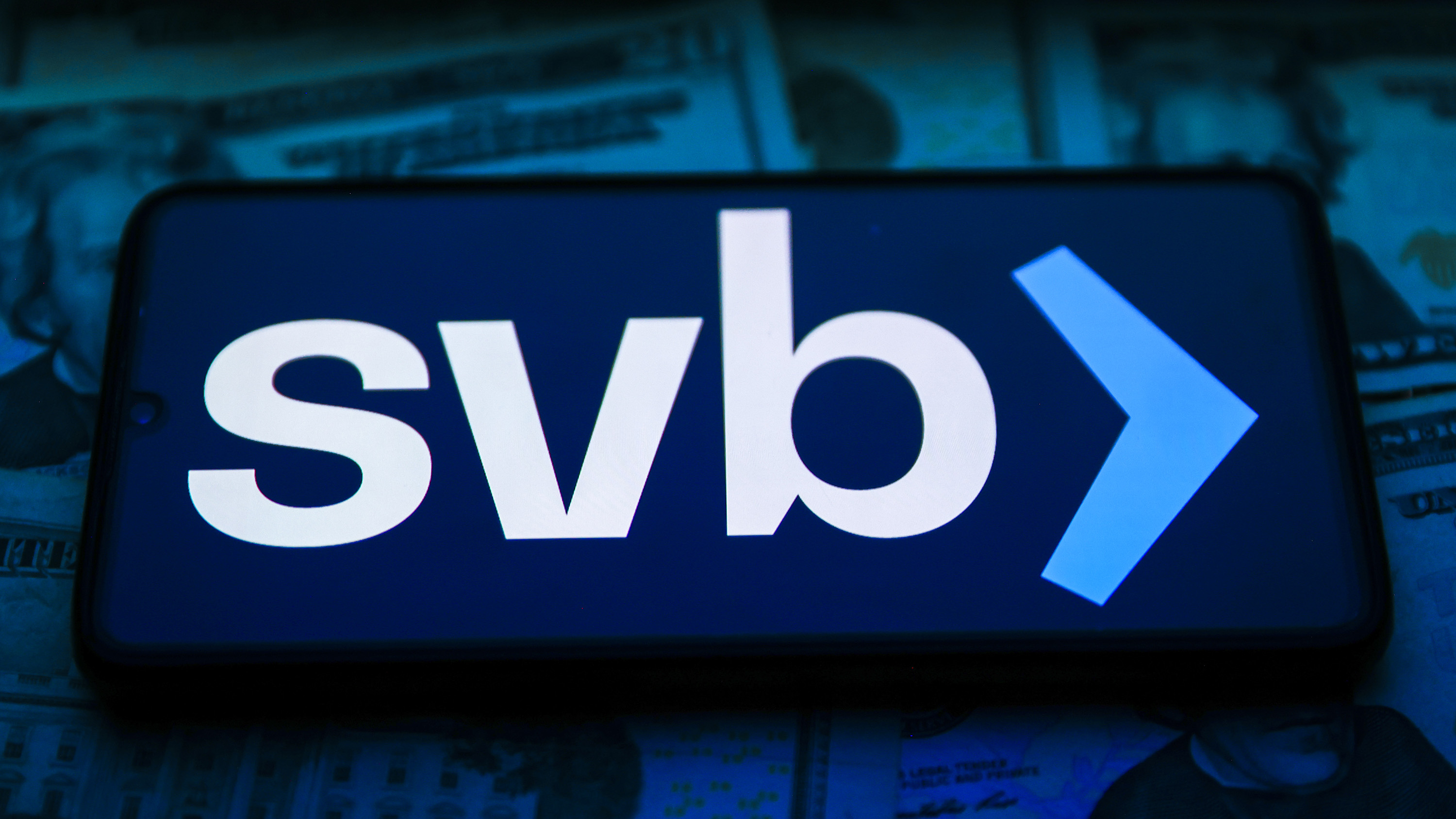
Image: Getty Images
Jonathan Chertkow, part of the Hogan Lovells SVB Task Force, recounts the events of the collapse and examines the performance of UK banking regulation.
The failure of Silicon Valley Bank (SVB) happened incredibly quickly. By the evening of March 10, just two days after announcing a share offering, which triggered the subsequent events, a full-scale run on the bank was in progress. Then the US Federal Deposit Insurance Corporation (FDIC) stepped in.
If the emergence of the crisis was rapid, so was the subsequent stabilisation and resolution of SVB that weekend. On Sunday, March 12, US Treasury Secretary Janet Yellen announced that all depositors in SVB would have access to all of their money the following day.
By 7am on Monday morning, the UK subsidiary had been acquired by HSBC. Later that day, the FDIC moved all deposits and the bulk of SVB’s assets into a new ‘bridge bank’ to be operated by the FDIC.
The rapidly changing situation and the existential threat that many of SVB’s growth clients faced if they couldn’t access their funds meant that customers were understandably worried. As client enquiries increased, we set up a dedicated task force comprising lawyers in the US, UK and Europe to help co-ordinate our response and keep clients abreast of the latest developments over the weekend.
Fortunately, much of the contingency planning was, ultimately, not needed, because regulators stepped in to protect customers. But, as the dust settles, what lessons can be learned from ‘what might have been‘ and what do they mean for future regulation?
Did the regulation work?
While the swift resolution of SVB in the UK appears to have been a success, questions will be asked about whether more could have been done to anticipate and prevent SVB’s failure. Did SVB have sufficient regulatory capital and liquidity, and was it subject to appropriate supervision and stress testing?
Ultimately, SVB was brought down by a catastrophic loss of customer confidence, resulting in a classic run on the bank. This loss of confidence rapidly spread to the UK subsidiary, despite the release of a statement seeking to assure customers that it was ring-fenced from its US parent.
As the run started, it quickly became clear that it was happening far faster than any previous bank run. The FDIC reported that approximately $40bn (20% of total deposits) was withdrawn in just a few hours. Within a day of the run starting, the FDIC had to intervene. Faced with such a large and rapid loss of confidence in an institution, it is unlikely that regulation can ever provide sufficient buffers.
The speed of the run seems to have been caused by two factors. First, the concentration of customers: a relatively small customer base, many of whom knew each other due to the bank’s focus on the West Coast tech community. This familiarity arguably then exacerbated the second factor: that this was the first bank run of the digital age.
This run wasn’t characterised by lines of customers queuing outside branches waiting for their turn to withdraw funds; instead, withdrawals were all made digitally and simultaneously as customer concerns spread across social media and messaging platforms.
It is likely that regulators, and banks, will want to consider whether the speed of this run is the new normal for the digital age and, if so, what additional tools may be available in the future to slow a run and restore confidence. This may include, for example, looking again at the spread of instant access versus term deposits as well as concentration risks from particular customer segments.
A need to revisit ‘too big to fail’?
Another factor that may need to be re-examined is the approach to non-systemically important banks. After the global financial crisis, regulators have sought to distinguish between systemically important banks which were ‘too big to fail’ and those which could be allowed to fail.
SVB was supposedly in the latter category. The initial press release from the Bank of England indicated that it would be put into a bank insolvency and reassured the market that “SVBUK has a limited presence in the UK and no critical functions supporting the financial system”. While this was true in relation to SVB itself, what became clear over the following 48 hours was how vital SVB was to the tech and life sciences communities in the UK, many of whom deposited their working capital with the bank.
The failure of SVB, and the consequent loss of customer deposits, would have put many of those early stage and growth companies into immediate technical insolvency. This would have had significant implications for the UK’s tech and life sciences sectors, and representatives from those sectors raised these concerns with the UK government. As a result, the Bank of England looked for other alternatives and the sale to HSBC was achieved.
But this raises questions as to whether the approach to systemically important banks needs to be extended to smaller institutions, where, like SVB, the consequences of their failure would be significant for the communities they serve. Does ‘too big to fail’ become ‘too important to fail’ and, if so, what criteria will determine that?
Possible reform of the deposit protection regime
Another aspect that could give greater confidence to mitigate a bank run is the level of depositor protection. The UK’s £85,000 coverage compares unfavourably with $250,000 in the US. But the reality is that neither amount was of any real comfort for SVB’s customers, with corporate deposits often in the millions or tens of millions.
Any increase in the limits would need to be funded and in the UK this would be by the banks themselves through the Financial Services Compensation Scheme levy. It is unclear that there would be any appetite for such a move.
Conclusions
It will take time for the full facts to emerge, but regulators and banks will want to learn the lessons of SVB’s failure quickly. In particular, as well as wanting to understand the specifics of SVB and whether earlier intervention could have prevented its failure, it provides a warning for how quickly things can turn for the worse in a digital world.
Finding ways to slow and mitigate that effect will likely be the challenge for the next bank that finds itself in similar difficulties.

Jonathan Chertkow is a partner at international law firm Hogan Lovells.


